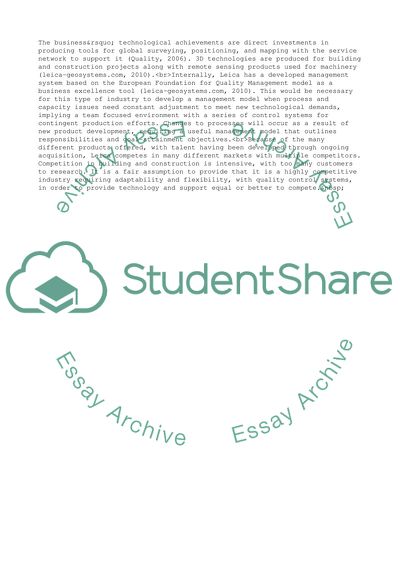Cite this document
(Leica Geosystems as Industry Innovator Case Study - 5, n.d.)
Leica Geosystems as Industry Innovator Case Study - 5. Retrieved from https://studentshare.org/business/1735684-innovative-organisations
Leica Geosystems as Industry Innovator Case Study - 5. Retrieved from https://studentshare.org/business/1735684-innovative-organisations
(Leica Geosystems As Industry Innovator Case Study - 5)
Leica Geosystems As Industry Innovator Case Study - 5. https://studentshare.org/business/1735684-innovative-organisations.
Leica Geosystems As Industry Innovator Case Study - 5. https://studentshare.org/business/1735684-innovative-organisations.
“Leica Geosystems As Industry Innovator Case Study - 5”, n.d. https://studentshare.org/business/1735684-innovative-organisations.


